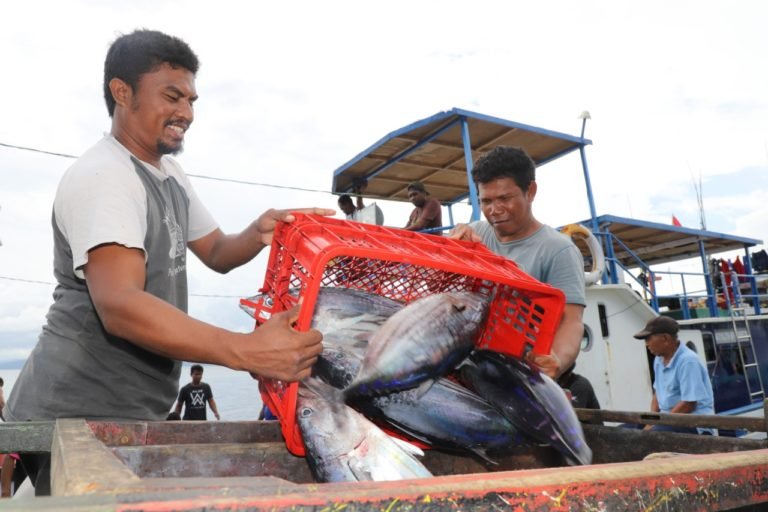- As part of a broader project studying the cultural and genetic diversity of chimpanzees across Africa, researchers have used fecal samples from 48 sites across the continent to create a genetic identity data set of chimpanzees across the species’ range.
- The data set supports the division of chimpanzees into the four currently recognized subspecies, as well as shedding light on historic gene flow between subspecies and between chimpanzees and bonobos.
- The data set can help conservationists determine the genetic origin of chimpanzees confiscated from the illegal wildlife trade and identify poaching hotspots, researchers say.
In 2005, a chimpanzee named Tico arrived at a rescue center in Spain. The details of his early life were vague: he’d been found roaming in the mountains before being moved to a zoo that eventually closed. “[But] we knew that he had arrived illegally from an African country,” writes the center, Fundacion Mona.
Through geolocalization using his hair, scientists determined Tico was born in Gabon or Equatorial Guinea, two countries in West Africa where chimpanzees (Pan troglodytes) are native and have lived for tens of thousands of years.
Today, scientists and conservationists are developing far more advanced and precise ways to determine the geographical origin of the chimpanzees confiscated from the illegal wildlife trade, using techniques that also shed light on the history of chimpanzee populations.
Building a genetic database
Using samples collected as part of the Pan African Programme: The Cultured Chimpanzee, which aims to study chimps across the continent, scientists have produced the first genetic identity data set of chimpanzees in the wild. Their findings, published in the June issue of the journal Cell Genomics, shed light on the history of the species and provide a fine-scale map of connectivity between chimpanzee populations.
During the six-year-long research project, 82 scientists collected 828 fecal samples from 48 sites across Africa, aiming to “gather data from a large number of individuals covering the current range of the species and of sufficient data depth,” and to overcome a shortage of genetic data that has hampered efforts to conserve the species. The researchers then sequenced chromosome 21, which experts say is the source of a wealth of genomic data useful in determining chimpanzee population structure.
Mimi Arandjelovic, a co-author of the study and co-director of the Cultured Chimpanzee project, said the researchers involved in producing and analyzing this data set aimed to increase understanding of the ecological and evolutionary drivers behind the behavioral and cultural diversity of these apes.
“Past genetic studies of chimpanzees resulted in conflicting results regarding the genetic evolutionary history of chimps, but had either relied mainly on samples from captive individuals, of uncertain geographic origin, or on very few genetic markers,” Arandjelovic told Mongabay.
In addition, the study aimed to help settle questions about the species’ genetic history and diversity. While four chimpanzee subspecies are traditionally recognized, there have been conflicting views as to whether one of the recognized subspecies, the eastern chimpanzee (P. t. schweinfurthii), is truly genetically distinct from another subspecies, the central chimpanzee (P. t. troglodytes).
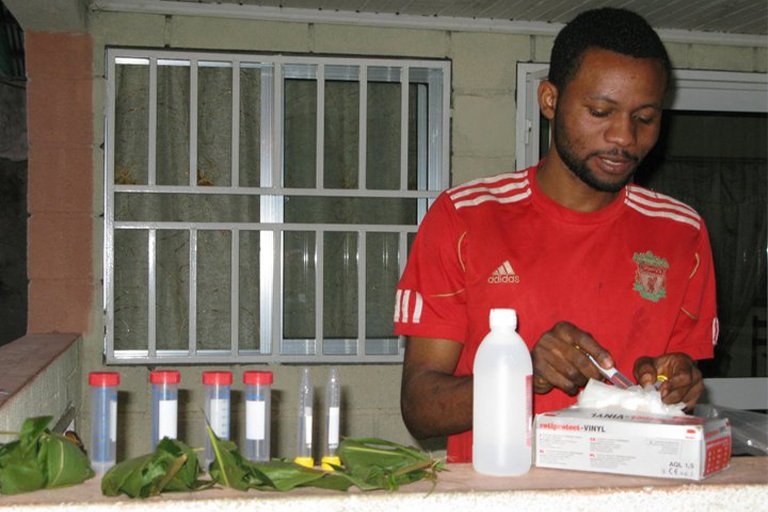
So, why fecal samples and not blood or tissue samples?
Lead author Claudia Fontsere, from the Institute of Evolutionary Biology in Barcelona, said obtaining blood or tissue samples for the genomic sequencing of wild endangered species would have yielded better-quality DNA. However, this approach isn’t practical or even desirable.
“We used non-invasive samples [fecal samples] as their collection does not involve any contact with the animals and so they are only disturbed by the presence of researchers being in their habitat,” she told Mongabay.
Fecal samples have a number of challenges, mainly their low content of host DNA, much of which is highly degraded, she said. To address this challenge, the researchers used fecal samples they collected very rapidly so they would be fresh. They then stored them in ethanol and later dried them to preserve them for years to come.
“This approach allowed for a higher density of genomic markers and a larger number of samples to obtain a more precise and detailed description of chimpanzee population history,” Fontsere said.
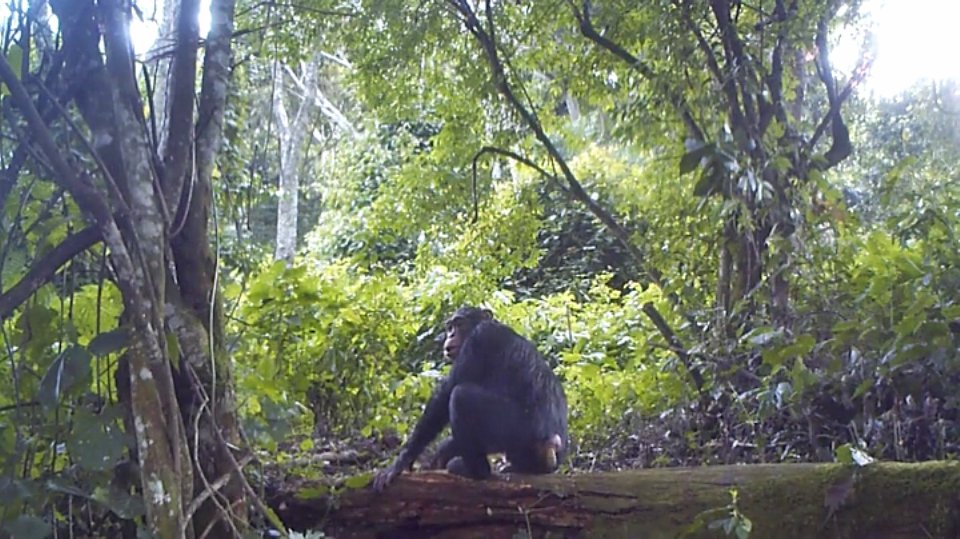
Tracing chimpanzee lineage, and the bonobo connection
The study used large amounts of genomic data from the samples to better understand how chimpanzees spread across tropical Africa, which populations have been in contact, and which ones have been isolated, Arandjelovic said.
In the final analysis, the findings support the previously recognized four subspecies of chimpanzees: eastern, central, western (P. t. verus) and Nigerian-Cameroon (P. t. ellioti).
The research also found some genetic dynamics between subspecies: Nigeria-Cameroon chimps in Nigeria’s Gashaka-Gumti National Park, which borders Cameroon, carry more genetic fragments of central and eastern chimp ancestry than other Nigeria-Cameroon chimpanzees located elsewhere. The central population in Goualougo, in the Republic of Congo’s Nouabale-Ndoki National Park, carry more eastern and Nigeria-Cameroon chimpanzee DNA than the other central communities.
Arandjelovic said this genetic diversity indicates that the subspecies were split in the past but there has been gene flow between them more recently due to forest connectivity.
“It shows that maintaining forest connectivity for the species as a whole is important, and has been important in their evolutionary history,” she said.
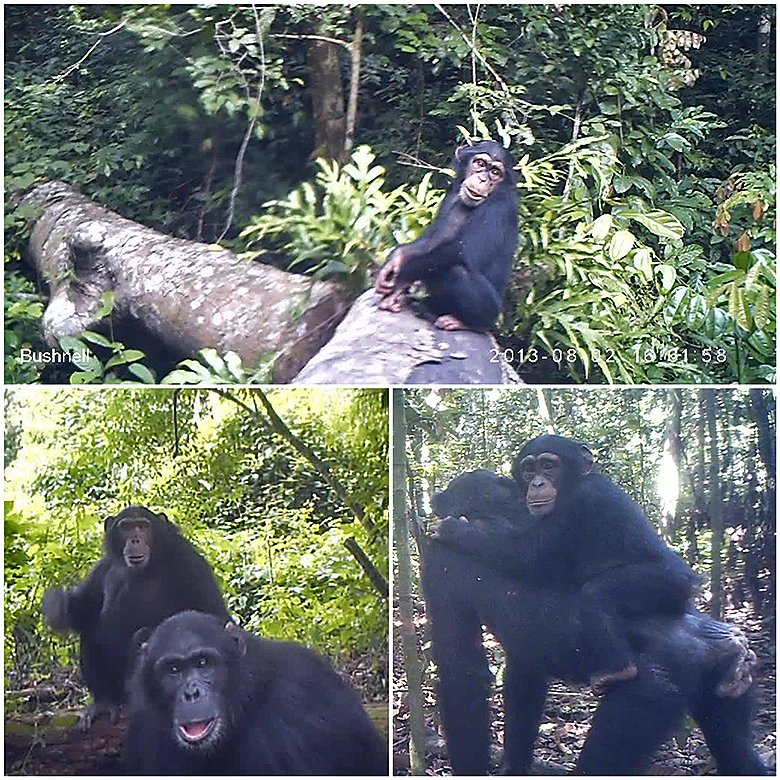
The catalog the researchers have produced, Fontsere said, has been key in understanding recent and past gene flow between populations where previous sampling gaps existed.
“With our density of markers and density of sampling sites, we have been able to uncover specific cases of gene flow between different chimpanzee groups, one of them between Gashaka [Nigeria-Cameroon chimps] and neighboring populations [eastern and central chimps],” she said.
The researchers also found evidence of chimpanzee admixture with bonobos (Pan paniscus). All central chimpanzee communities sampled south of the Ogooué River in Gabon were found to have “significantly more bonobo-like genomic fragments” than those north of the river or any other chimpanzee population. Chimpanzees from Lopé and Loango national parks, also in Gabon, showed the highest bonobo lineage.
“What we detected is a very old signal of bonobo introgression into central chimpanzees,” said Arandjelovic, adding that explaining the gene flow between the two needs further investigation.
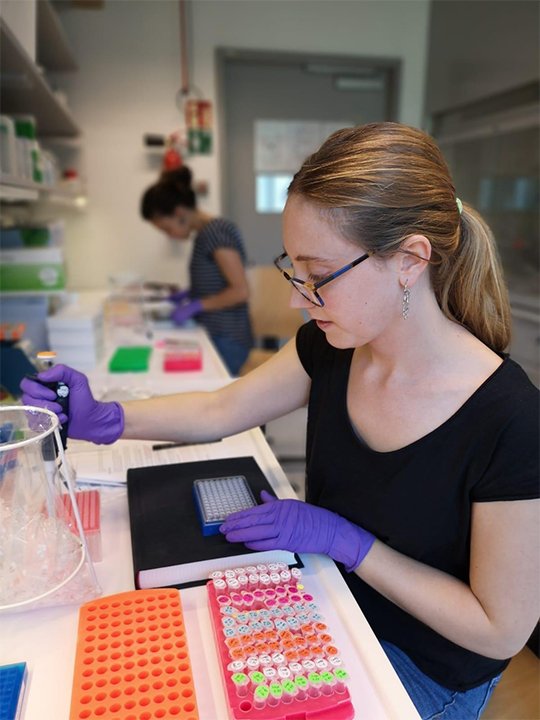
The study’s geolocalization data could help inform conservation efforts in a number of ways. First, it can help ensure that chimpanzees seized from the illegal pet trade are relocated to sanctuaries in their countries of origin as per international standards.
“Second, when sequencing confiscated individuals or wildlife products (e.g., bushmeat), it can allow for the detection of poaching hotspots, so relevant authorities can enforce national and international laws enacted for protected species,” the study says.
Broadly, the research demonstrates how non-invasive samples can be used as a source of genomic sequencing for population and conservation purposes. According to the study, the target capture approach used can be applied to understanding other great ape and primate species.
Since the analysis was limited to a portion of the genome, the scientists said they couldn’t resolve the entire question of bonobo introgression in central chimpanzees. Further, fecal samples may have had some contamination from DNA from species in the chimp diet. In addition, despite the extensive sampling, there was still underrepresentation of some areas in the research, necessitating future studies.
Despite these limitations, Danish geneticist and chimpanzee researcher Christina Hvilsom, who was not part of this research, said the methodology used was “sound” and offers “great potential for future studies.”
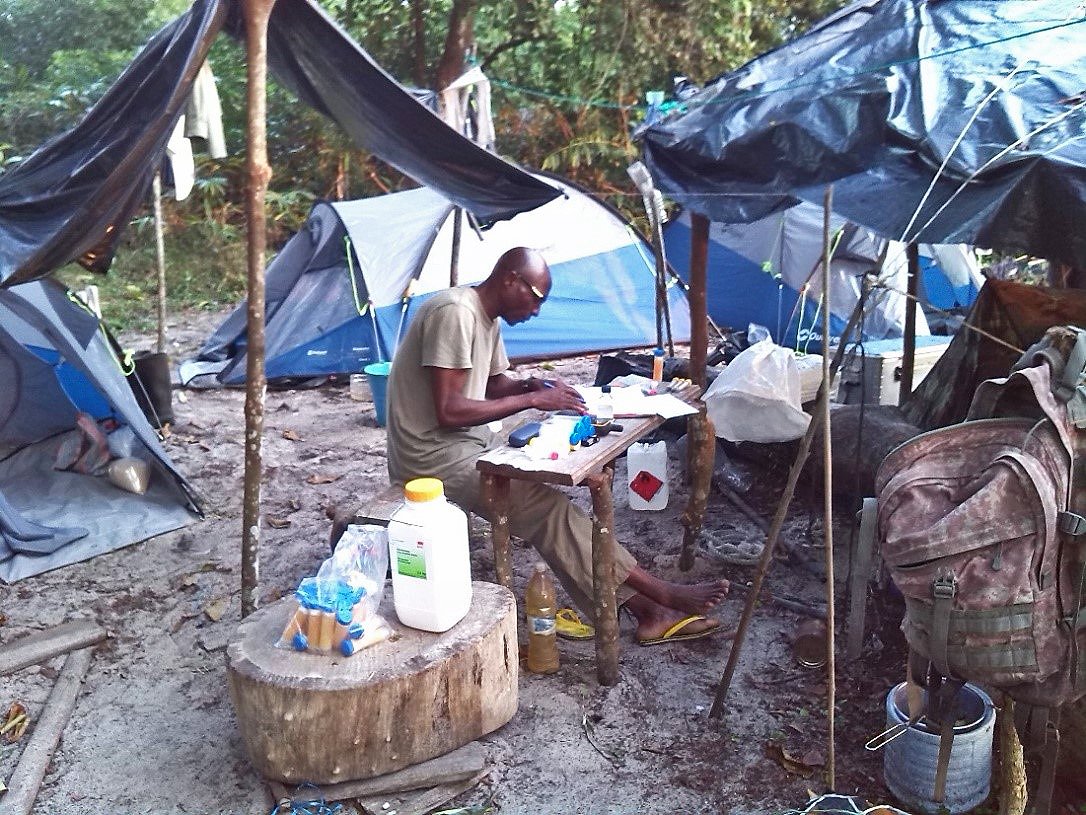
The study does more than just add to the trove of previous scientific efforts on chimpanzee demographic history, Hvilsom said, citing research that she contributed to in 2020 that also showed how genetics can be used to determine the geographical origin of chimpanzees confiscated from illegal trade.
“[This] pioneering work was a bit rough in terms of predictive power of geographical origin. The Fontsere et al. [study] brings a much more extensive sampling and hence more complete coverage of the total distribution range of the chimpanzee, which makes their predictive power better than what has previously been published,” Hvilsom told Mongabay.
She added that like other studies before it, the current research is significant because it showcases how genetics can be used as a practical tool in conservation of chimpanzees or other species through mapping of illegal trading routes and hotspots of the illegal trade and usage of results in prosecutions of poachers.
With continued research, more sampling gaps in the chimpanzee distribution range can be closed and the geotagging tool that this research has produced can be “more fine-grained in terms of predictive power,” Hvilsom said.
Banner image: A chimpanzee in the Congo rainforests. Image by gerritbril via Pixabay.
Citations:
Fontsere, C., Kuhlwilm, M., Morcillo-Suarez, C., Alvarez-Estape, M., Lester, J. D., Gratton, P., … Marques-Bonet, T. (2022). Population dynamics and genetic connectivity in recent chimpanzee history. Cell Genomics, 2(6), 100133. doi:10.1016/j.xgen.2022.100133
Frandsen, P., Fontsere, C., Nielsen, S.V., Hanghøj, K., Castejon-Fernandez, N., Lizano, E., … Hvilsom, C. (2020). Targeted conservation genetics of the endangered chimpanzee. Heredity, 125(1), 15-27. doi:10.1038/s41437-020-0313-0


